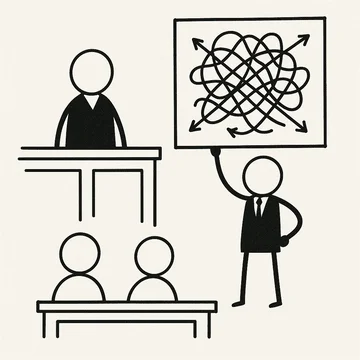The purpose of claim construction is to sort out the plain and ordinary meaning of claim terms to a person of ordinary skill in the art. However, where a party advances "plain and ordinary meaning" as a claim construction position, the other side and the Court may be left wondering what that party believes the meaning to be, and/or whether there is actually dispute about the meaning that requires Court action.
At least one former Judge in this District expressly forbade parties from arguing for "plain and ordinary meaning" alone, as it "effectively leaves claim construction in the hands of the experts rather than the court." But there are, as we have noted, situations where simply arguing for the adoption of the plain language of the claim term can be a viable claim construction position.
Although Judge Noreika does not make any blanket prohibitions in this regard, she has occasionally ordered parties to explain what they mean by "plain and ordinary meaning." For example, late last week, Judge Noreika issued the below oral order in reference to the parties' joint claim construction chart:
IT IS HEREBY ORDERED that, for any term where a party's proposed construction is plain and ordinary meaning, the party must specify what that meaning is. On or before 10/1/2021, the parties shall file a further Amended Joint Claim Construction Chart setting forth those meanings.
CAO Lighting, Inc. v. GE Lighting, Inc., C.A. No. 20-681-MN (D.I. 93).
The oral order came just one day after the parties filed their joint claim chart. In that chart, plaintiff had advanced some form of "plain and ordinary meaning" for 9 of the 10 terms at issue.
Although Judge Noreika did not expressly require that the parties highlight the disputes as to those 9 terms, as she has done in the past (in another case she ordered the parties to submit a chart that "specifically articulates the alleged plain and ordinary meaning offered by each side and highlights the dispute as to that meaning that the Court must address") it is reasonable to assume that she expects the dispute (if there is one) to be evident in the resubmitted chart.
If you enjoyed this post, consider subscribing to receive free e-mail updates about new posts.






